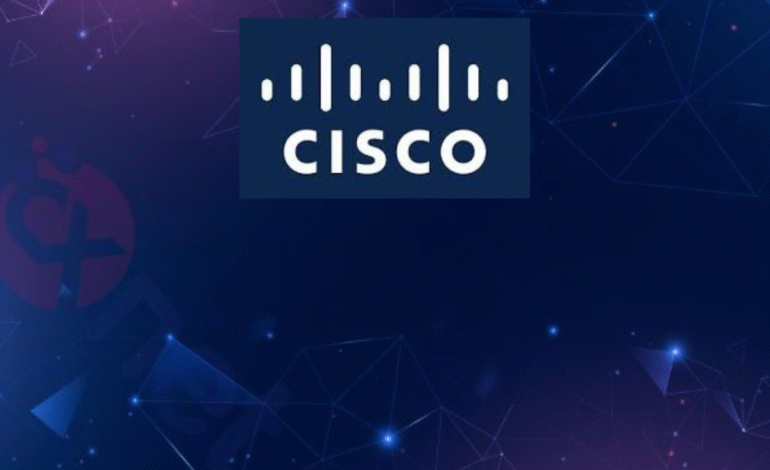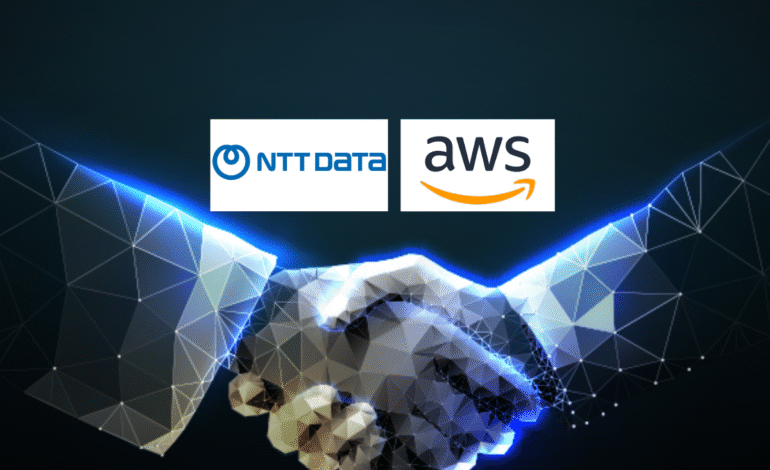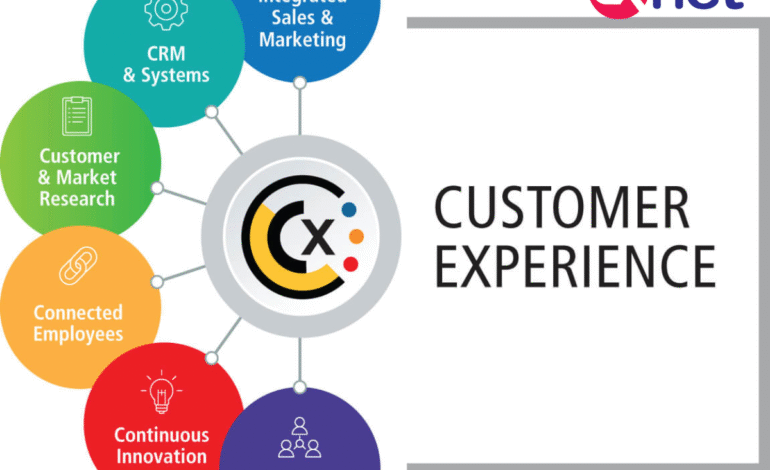
Cisco has rolled out a series of powerful additions to its Webex Customer Experience suite, introducing an AI-powered Quality Management (QM) module designed to elevate contact center performance. This innovation is particularly aimed at helping small and medium businesses refine their customer engagement by blending advanced automation with human supervision.
The new Webex AI Quality Management system gives supervisors a unified, real-time view into both AI agents and human agents, enabling targeted coaching, performance scoring, and actionable insights from a single interface. The goal is to simplify oversight, reduce silos, and improve consistency in service delivery across all customer interactions.
Jeetu Patel, Cisco’s President and Chief Product Officer, emphasized the importance of customer experience in today’s competitive marketplace:
“The reality is simple: you win or lose customers every day based on the experiences you deliver. AI is how you deliver those experiences at scale.”
Key Platform Capabilities
One of the highlights of the Webex Contact Center enhancements is its suite of features designed to boost operational efficiency and service quality. These include AI-assisted evaluation, live analytics, and personalized coaching cues, all of which help supervisors zero in on performance gaps and improvement opportunities. For small-business operators, this means leveraging AI not just to reduce costs but to bolster brand loyalty through elevated customer experiences.
Real-World Use Cases
Small companies stand to gain fast wins by adopting features like AI Agent and the Cisco AI Assistant embedded in the Webex ecosystem. These tools allow customers to get automated responses to common queries, shifting simpler interactions away from human staff. The AI Agent Studio gives businesses a unified environment to create, manage, and refine their AI agents — reducing human workload while maintaining quality.
CarShield, for instance, reports that their AI Agent now handles about 66% of incoming calls without human involvement, cutting onboarding time for claims by 90%. This dramatic improvement underscores how automation, when used wisely, can make customer operations more agile — a boon for resource-constrained businesses.
Cisco is also bolstering integration capabilities with platforms such as Salesforce and Amazon Web Services (AWS), streamlining data movement and enabling richer, more contextual customer interactions. Thanks to deeper integration with Salesforce, for example, support teams can manage interactions directly within the Salesforce environment.
On the geographic front, Cisco plans to expand availability into markets like India and Saudi Arabia, with local data centers to ensure compliance, lower latency, and better performance for regional customers.
Potential Obstacles & Considerations
Although these developments are promising, small business leaders should weigh the challenges before diving in. Adopting a new system typically demands training, workflow changes, and resource allocation — which can be taxing for lean teams. There’s also the ever-present concern around data security and privacy: businesses must rigorously evaluate how customer data is stored, handled, and protected.
Moreover, embedding AI into customer support raises questions about job displacement and how to maintain empathy in interactions. Leaders will need to strike the right balance, ensuring automation augments rather than replaces human connection.
Looking Ahead
Cisco’s push to embed AI deeply into customer experience marks a pivotal moment in how businesses — especially smaller ones — manage their relationships with clients. As these tools become more accessible, they could redefine standards for responsiveness, consistency, and brand trust. If adopted thoughtfully, these capabilities may provide small businesses with the scale and sophistication previously reserved for enterprise players.


